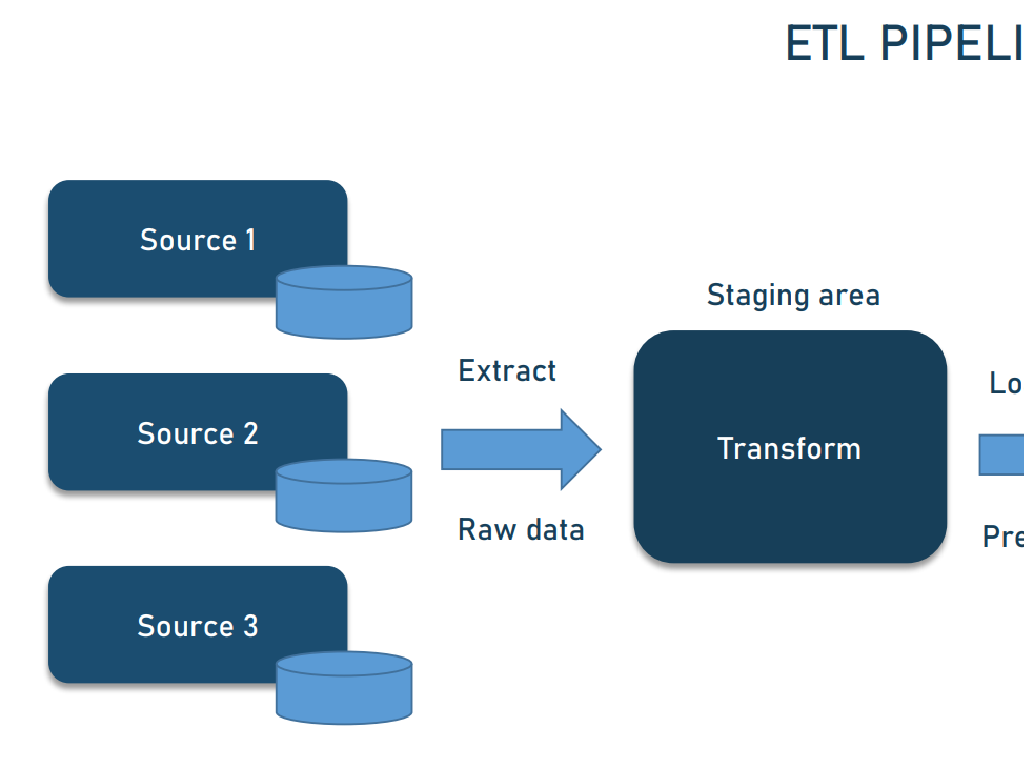The American Revolution: Turning The Tide Of The War
Subject: Social studies
Grade: Fifth grade
Topic: The American Revolution
Please LOG IN to download the presentation. Access is available to registered users only.
View More Content
The American Revolution: Changing Tides
– Understanding the Revolution
– A fight for independence from British rule
– Reasons behind the conflict
– Taxation without representation, quest for freedom
– Key battles turned the tide
– Battles of Saratoga and Yorktown as turning points
– Allies’ support shifts momentum
– French support helped American victory
|
This slide introduces the American Revolution, focusing on the shift in momentum that led to American independence. Begin with a brief overview of the Revolution, highlighting the colonists’ desire for independence from British control. Discuss the key reasons for the conflict, such as unfair taxes and lack of representation in British Parliament. Emphasize the significance of the Battles of Saratoga and Yorktown as pivotal moments when the tide of war changed in favor of the Americans. Lastly, acknowledge the crucial role of French support in securing American victory. Encourage students to consider how these events might have felt for the people living through them and to think about the importance of alliances in any conflict.
Causes of the American Revolution
– ‘No taxation without representation’
– Colonists didn’t want to pay taxes without a say in British Parliament.
– The Boston Tea Party
– In 1773, colonists protested by dumping tea into Boston Harbor.
– The Intolerable Acts
– Harsh laws passed by Britain in response to the Boston Tea Party.
– Effects on the Colonies
– These events united the colonists against British rule.
|
This slide aims to introduce students to the pivotal events that contributed to the American Revolution. Begin with the concept of ‘No taxation without representation,’ which was a rallying cry for the colonists who believed it was unfair to be taxed by a government in which they had no representation. Move on to the Boston Tea Party, an iconic protest where colonists, dressed as Native Americans, dumped tea into the harbor to oppose the Tea Act. Then, explain the Intolerable Acts, a series of punitive measures that further inflamed the colonists’ desire for independence. Highlight how these acts served to galvanize the colonies against British authority, setting the stage for the Revolutionary War. Encourage students to consider how these causes were connected and led to the demand for independence.
Early Struggles of the American Revolution
– Lexington & Concord’s impact
– First battles, starting the war
– Continental Army’s challenges
– Lack of supplies, training, and support
– Significance of Bunker Hill
– Showed colonists could stand against British
– Understanding early battles
|
This slide aims to highlight the initial difficulties and key moments at the start of the American Revolution. The battles at Lexington and Concord were significant as they marked the beginning of armed conflict between the colonies and Britain. Discuss the Continental Army’s struggles, including shortages and lack of formal training, which underscored the gravity of their fight for independence. The Battle of Bunker Hill, despite being a loss, proved to be a moral victory, demonstrating the colonists’ resolve and ability to challenge the British forces. Use this discussion to set the stage for understanding how these early battles were crucial in setting the tone for the rest of the war.
Turning Points of the American Revolution
– The Battle of Saratoga
– A major victory that boosted American morale and convinced France to help.
– France joins the war
– France’s entry brought military and financial aid to the Americans.
– Impact of foreign help
– Assistance included soldiers, navy ships, and funds from Europe.
– How these events changed the war
|
This slide highlights the pivotal moments that shifted the momentum of the American Revolution in favor of the American colonies. The Battle of Saratoga was a significant American victory that persuaded France to support the colonies with military aid, marking a crucial turning point in the war. Foreign assistance, particularly from France, played a vital role in the eventual success of the American cause, providing not just troops and naval support, but also much-needed financial resources. Discuss with students how these events contributed to the eventual American victory, and encourage them to think about the importance of alliances in warfare.
The Path to Victory in the American Revolution
– Strategic moves to Yorktown
– Key battles and alliances paved the way to the final battle at Yorktown.
– Cornwallis’s surrender
– British General Cornwallis surrendered, marking the end of major combat.
– Treaty of Paris significance
– The treaty recognized American independence and set new nation’s borders.
|
This slide highlights the crucial final stages of the American Revolution leading to American independence. Discuss the strategic military decisions and the Franco-American alliance that led to the victory at Yorktown. Explain the impact of General Cornwallis’s surrender as a turning point in the war. Emphasize the importance of the Treaty of Paris in 1783, which officially ended the war and recognized the sovereignty of the United States. Use this opportunity to discuss how these events shaped the future of the nation. Encourage students to think about the significance of these events in the context of the struggle for independence and the birth of a new country.
Life After the American Revolution
– Impact on society
– Freedom and rights for citizens, but not all were free
– Birth of a new nation
– From 13 colonies to the United States of America
– Drafting the U.S. Constitution
– The Constitution set laws and rights for the country
– Shaping the future of America
|
This slide aims to discuss the profound changes that occurred after the American Revolution. It’s crucial to highlight how the revolution affected society, including the expansion of freedoms and rights, though it’s important to note that not everyone benefited equally, as slavery was still a reality. The emergence of a new nation refers to the transition from being 13 British colonies to becoming the independent United States of America. The creation of the U.S. Constitution was a pivotal moment, as it established the framework for the new government and codified laws and rights for citizens. This slide sets the stage for understanding how the foundations laid by the Revolution and the Constitution have shaped the nation’s path forward. Encourage students to think about how these events still influence American life today.
Class Activity: Revolutionary War Role-Play
– Divide into British and American teams
– Assign roles of historical figures
– Re-enact war causes debate
– Imagine a debate in the Continental Congress or Parliament
– Discuss alternative war outcomes
– What if the British had been more lenient? What if the Americans had sought peace sooner?
|
This interactive class activity is designed to engage students with the historical events of the American Revolution by having them role-play as British and American figures. Divide the class into two teams to represent the British and American sides. Assign each student a specific historical figure to research and embody during the role-play. Set up a mock debate where students can argue the causes of the war from their assigned character’s perspective. After the debate, lead a discussion on how the war might have ended differently if the sides had made different choices. This activity encourages critical thinking and a deeper understanding of the complexities of historical events. Possible roles include George Washington, King George III, Thomas Jefferson, and others. Ensure that students understand the importance of respectful dialogue and historical accuracy during the re-enactment.






